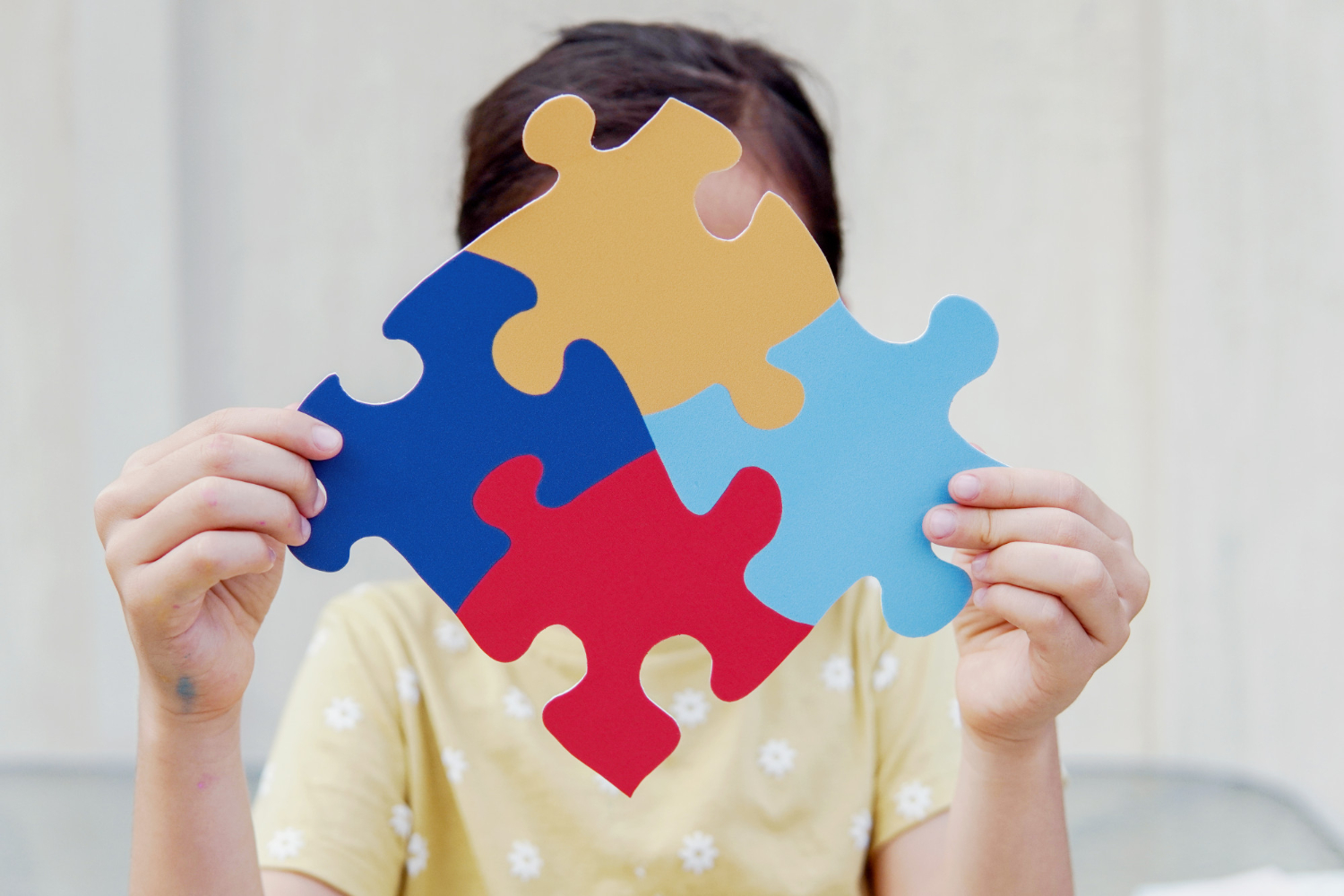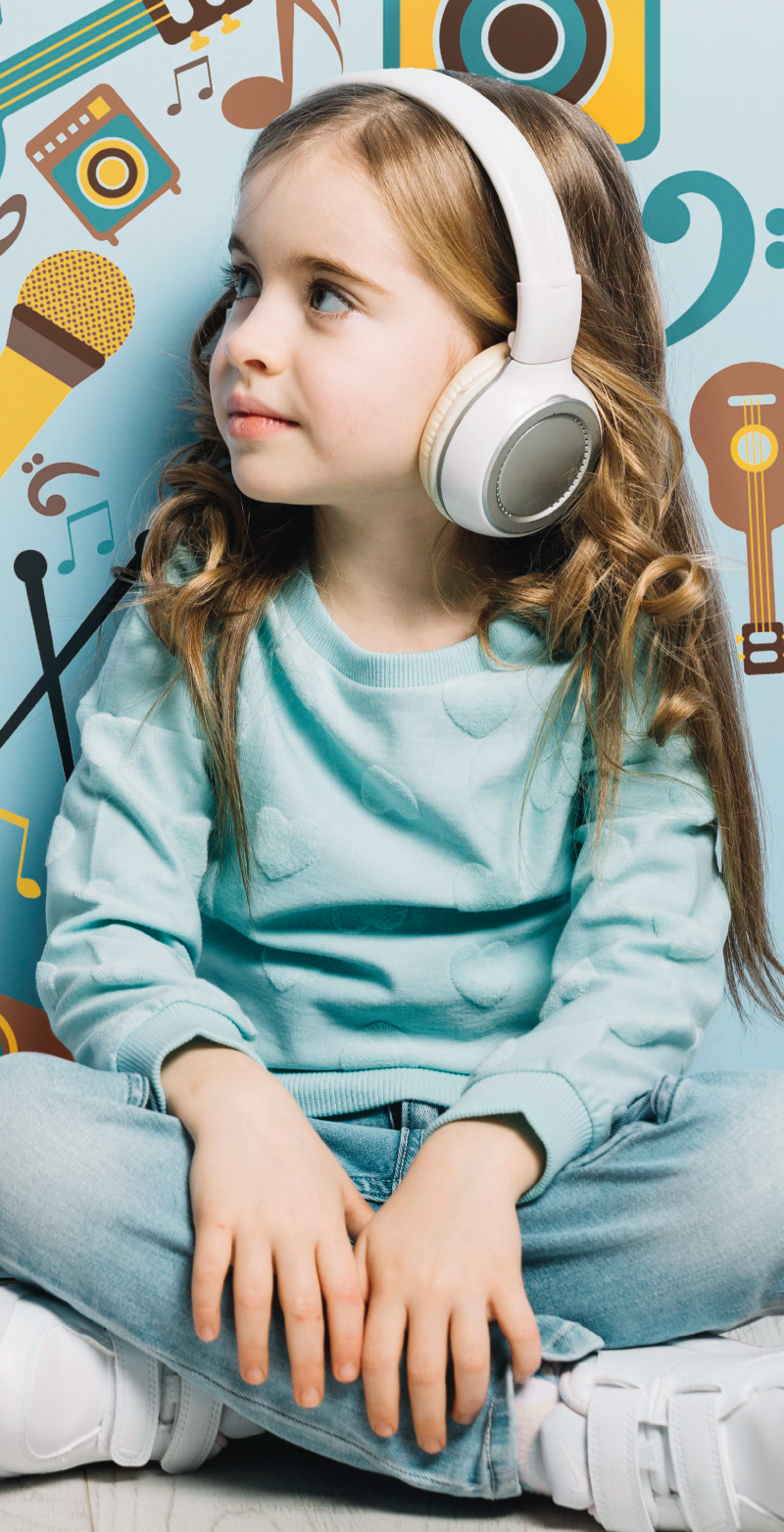Understanding the Different Types of Autism in Boys and Girls
At BTI Therapy, we believe that information is a powerful tool for understanding and supporting children with autism. Autism is a spectrum that encompasses a variety of individual profiles and characteristics. In this blog, we will explore the different types of autism in children to increase awareness and understanding of this diverse condition.
1. Autism Spectrum Disorder (ASD)
Autism Spectrum Disorder is an umbrella term that encompasses a wide range of autistic profiles. Every child with ASD is unique, and their experiences can vary significantly. Common symptoms include difficulties with communication, atypical social interactions, and repetitive patterns of behavior and interests.
2. High-Functioning Autism (HFA)
High-functioning autism is a subtype on the autism spectrum in which children may have typical or above-average cognitive and verbal skills. They often have difficulty with social interactions and may exhibit restricted interests or repetitive behaviors.
3. Asperger Syndrome
Asperger Syndrome was previously considered a high-functioning form of autism. Children with this syndrome typically have typical language development, but may experience significant difficulties with social skills and understanding social cues.
4. Atypical Autism
Atypical autism is used to describe cases where children display autistic features, but do not meet the full criteria for an ASD diagnosis. They may have communication or behavior patterns that are distinctive but do not fit neatly into the above categories.
5. Regressive Autism
Some children develop typical developmental skills during the first few years of life and then experience significant skill loss and developmental regression. This is known as regressive autism and can be a particularly challenging form of autism.
It’s important to remember that every child is unique, and their experience with autism will be unique as well. The health professionals and therapists at BTI Therapy work closely with families to provide a personalized approach that addresses each child’s specific needs. Our goal is to support children with autism on their path to a brighter, more possible future, no matter where they fall on the spectrum.






